Asian squat has been a part of Asian culture for centuries!
But did you know that the Asian squat is not only a cultural statement but has numerous health benefits, such as strong joint muscles, improved digestion, better mental health, and much more?
Many people have even added the Asian squat position into their daily workout routines.
And you need not look further, as I have mentioned all the whats, ifs, hows, and benefits of performing an Asian squat that will get you started RIGHT AWAY!
What are Asian Squats?
Asian squats are a type of squatting position this is usually used in a few Asian cultures. This position has turned out to be increasingly famous in current years as a shape of workout and as a manner to enhance mobility and flexibility.
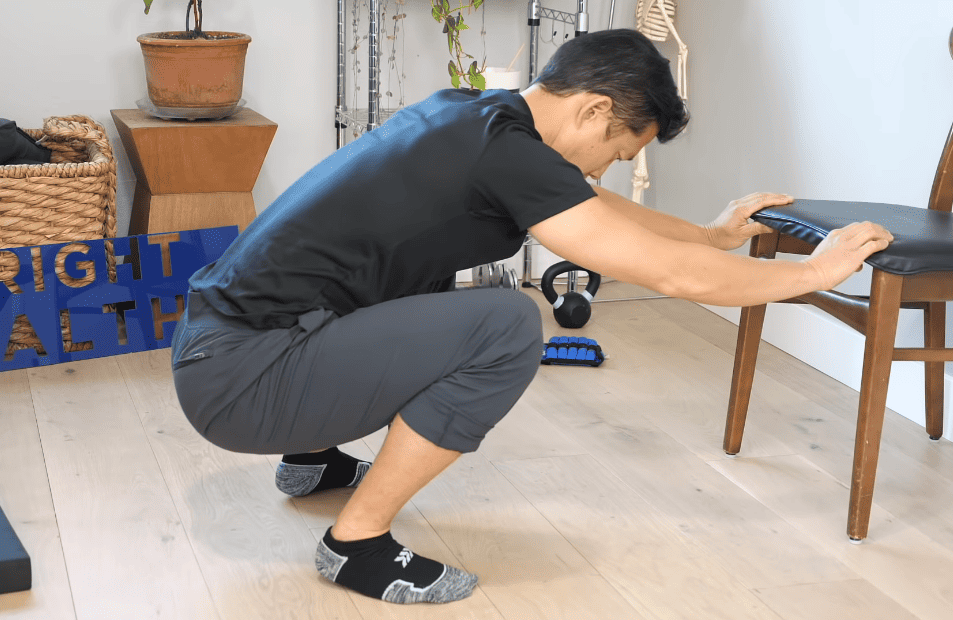
The Asian squatting position includes squatting down with the toes flat on the floor and the heels touching the ground.
The knees are bent and positioned to the feet, with the thighs close to or touching the calves. depending on personal desire, the arms may be located on the ground or the knees
This position is frequently used in everyday activities in many Asian countries. for instance, it is not unusual to see people squatting down while cooking, eating, or even waiting for a bus. The position is likewise used to relax, allowing people to take a break from standing or strolling.
In addition to being a part of day-by-day life, Asian squats have received popularity as a form of workout. This position is believed to help enhance mobility and flexibility in the hips, ankles, and knees. It may additionally help in strengthening the legs, core, and lower back muscles.
One of the benefits of the Asian squat is that it is a practical movement that is performed without any equipment. It is also a simple, low-effect exercise at the joints, making it an excellent preference for people with knee or hip aches.
When you carry out an Asian squat, it is vital to begin slowly and work up to a deeper position over time. Holding proper posture and keeping the toes flat on the ground is also essential.
For folks who find the position challenging, it may be helpful to use support, including a wall or a chair, to help with balance.
Furthermore, There are two types of squats you ought to know as it will be easy for you to differentiate between “The Asian squat and the Western squat”-
| Asian Squat | Western Squat | |
|---|---|---|
| Starting | Feet flat on the surface | Feet shoulder-width apart |
| Movement | Heels down knees out | Feet parallel, knees over toes |
| Knee Angle | Greater than 90 degrees | 90 degrees or less |
| Hip Angle | Heels close to buttocks | Thighs parallel to the surface |
| Body Angle | forward | Slightly forward |
| Muscles Used | Glutes, quads, calves | Quads, glutes, hamstrings |
Is the Asian Squat Genetics?
While there is no doubt that genetics play a role in physical abilities, there may be no proof to indicate that the capability to carry out an Asian squat is solely genetic.
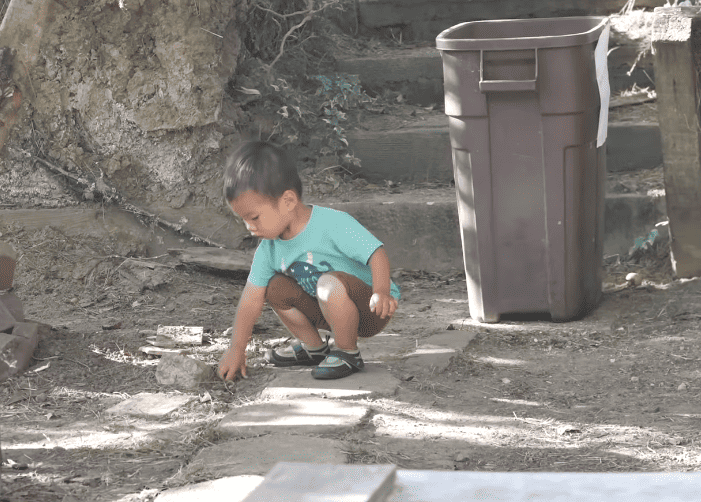
In reality, numerous elements can influence a person’s ability to carry out this position, including lifestyle, surroundings, and training.
One of the critical factors that can impact someone’s ability to carry out an Asian squat is their lifestyle. Those who are more physically active and engage in everyday workouts are more likely to be able to perform this function.
Moreover, people who have grown up in cultures where the Asian squat is part of everyday life may have an easier time performing it.
Another aspect that could have an impact on a person’s potential to perform an Asian squat is their environment. for example, individuals who develop up in regions wherein squat toilets are commonplace can be more relaxed with this position than folks that are not.
How To Do Asian Squat?
Asian squatting may be an excellent way to improve your flexibility and standard health. By following these methods:
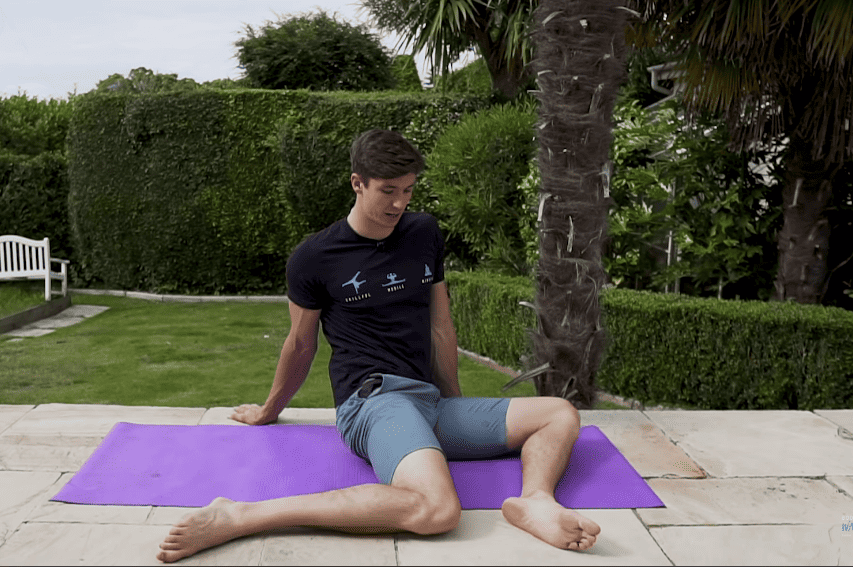
Firstly, it is vital to stretch your hips and ankles before attempting an Asian squat; this will be achieved through numerous exercises, which consist of lunges, ankle rotations, and calf stretches. By stretching your muscles, you can increase your flexibility and decrease the hazard of injury even as squatting.
Secondly, it is essential to begin gradually. if you aren’t used to squatting in this position, it’s far best to start by setting support underneath your heels. This may be a yoga block, rolled towel, or shoe. As you become extra comfy, you could steadily lessen the height of the guide till you can squat without any help.
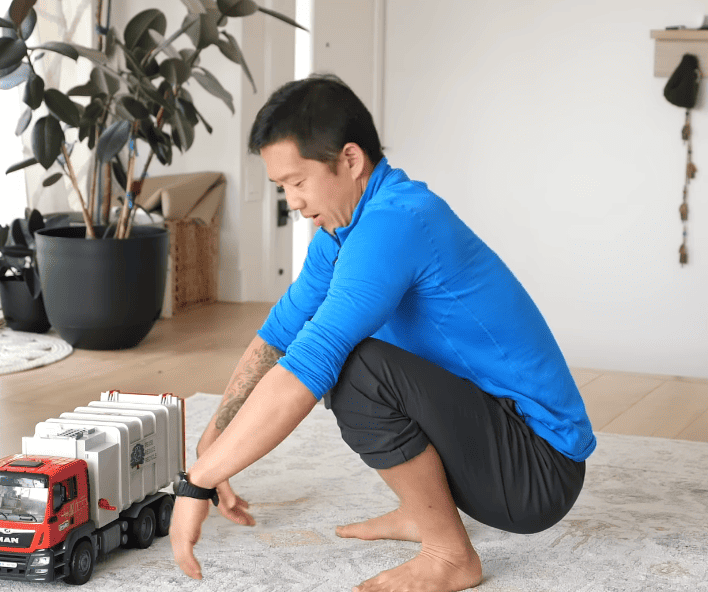
Thirdly, posture is crucial while squatting in the Asian position. It is essential to keep your back straight, your chest lifted, and your shoulders at ease. Your weight needs to be frivolously disbursed between your toes, and your knees should be pointing outwards. Maintaining good posture will prevent any discomfort and avoid straining your back and knees.
Fourthly, breathing is an essential element of Asian squatting. You should breathe deeply and slowly while in the squatting position. Inhale through your nose and exhale through your mouth. This could help to loosen up your muscles and promote better blood circulation.
Lastly, it is vital to exercise regularly. Like every other workout, regular practice will assist you to become more comfortable and proficient in the Asian squat position. Start by holding the squat for a few seconds and gradually increase the period as you relax.
By following these guidelines, you could learn how to perform an Asian squat comfortably and accurately in the proper position.
Remember to stretch before trying the squat so that your muscles feel relaxed and prepare for the Asian squat; then, you begin gradually, keeping the correct posture, breathing deeply, and practicing regularly.
Also, read:
- How Much Does a Squat Rack Cost? [21 Racks Compared]
- 14 Proven Benefits of Doing 100 Jumping Jacks a Day
Are Asian Squats Good For You?
Many of us wonder what good the typical Asian squat position brings to us – although it may appear like a simple position, Asian squats have numerous health advantages that would help you understand why it is a good choice to start doing Asian squats right away.
When performing the Asian squat, the muscles in your lower body are engaged. These muscles include the glutes, quads, hamstrings, and calves.

The glutes are the muscles in your buttocks, and they are responsible for hip extension and rotation. The quads are the muscular tissues in the front of your thighs, responsible for knee extension.
The hamstrings are the muscular tissues within the back of your thighs, and they are responsible for hip extension and knee flexion.
Lastly, the calves are the muscle tissues in the back of your lower legs and are liable for ankle flexion.
The Asian squat also engages the core muscles, which include the rectus abdominis, obliques, and transverse abdominis. These muscles are accountable for stabilizing your backbone and retaining proper posture.
The Asian squat additionally has a positive effect on your pelvic floor muscles. Your pelvic floor muscle mass is engaged, which can assist in enhancing your bladder and bowel management and other digestive issues!
How Does it Help With Back Pain?
Back pain is a common problem that impacts millions of people worldwide. There are numerous methods to alleviate this situation, One exercise that has received a reputation for its potential to assist with back aches is the Asian squat.
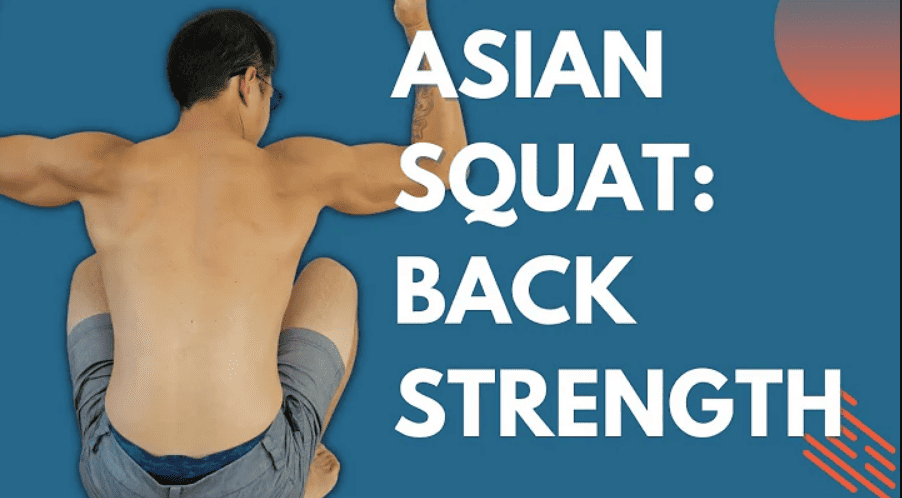
One of the main benefits of the Asian squat is that it can help alleviate back pain.
When a person squats down, their spine is straightened, which helps to relieve stress in the lower back. This straightening of the spine additionally enables improved posture, another factor contributing to back aches.
Another way that the Asian squat can help with back pain is by improving flexibility. When a person squats down, they stretch the muscles of their hips, thighs, and calves.
This stretching permits elevated flexibility, which is another aspect that can contribute to back aches. By improving flexibility, the Asian squat can assist to lessen the risk of developing lower back pain.
Why Can’t I Do the Asian Squat?
The Asian squat is vastly practiced in Asian countries, as opposed to western/European countries, which can be one of the cultural reasons why you find it challenging to do the Asian squat- Other factors also include:
Flexibility is a crucial aspect of performing the Asian squat. It can be challenging to achieve the overall squat position if you have tight hip flexors, ankles, or knees.
Tight muscles can restrict your range of movement, making it challenging to get your heels on the floor. to improve your flexibility, you can practice stretches and exercises that target the muscles involved in the Asian squat.
Your anatomy may function in your ability to perform the Asian squat. Some people have longer or shorter limbs, affecting their potential to achieve full squats.
For instance, if you have longer legs, keeping your heels on the ground may be challenging, or if you have shorter legs, it may be challenging to hold stability in the squatting role.
You may also like to read:
- 6 Best Bench Back Exercises To Strengthen Your Back Like A Pro
- What Exercise Machine Burns The Most Belly Fat?
- Arc Trainer vs Elliptical: Which is the Better Cardio Machine?
Benefits of Asian Squat
The Asian squat is a popular position in many Asian countries, and it is regarded for its numerous health advantages, such as:
Improved Digestion
One of the lesser-known benefits of the Asian squat is that it can improve digestion immensely. Squatting in this position can stimulate bowel movements, alleviating constipation and other digestive issues.
This is because the position enables the straightening of the colon, making it easier for waste to move through the digestive tract.
Strengthened Pelvic Floor Muscles
The Asian squat can also assist in strengthening the pelvic floor muscles. These muscles are responsible for supporting the bladder, uterus, and rectum and they are essential for maintaining continence.
Squatting in this position can help interact with these muscles, improving bladder control and lowering the hazard of urinary incontinence
Better Joint Fitness
The deep squat can enhance joint health, specifically in the knees and hips. Squatting in this position can assist in increasing the variety of movement in these joints, decreasing the risk of harm, and enhancing overall joint fitness
Greater Persistence
Squatting in the Asian squat position needs a significant quantity of energy and persistence. Frequently practicing this posture can help improve your basic endurance, making it less complicated to carry out daily activities and participate in physical activities.
Conclusion
The Asian squat is advantageous for enhancing flexibility and digestive health and decreasing back pain. This position is popularized as a workout routine for people increasingly.
The Asian squat involves squatting down with the toes flat on the surface and the heels touching the floor, whereas the knees are bent in front, with the thighs close to touching the calves.
If you are new to the position, take it slow and steady, and regularly practice holding the position for longer durations. With regular practice, you can reap the health benefits of doing an Asian squat.
